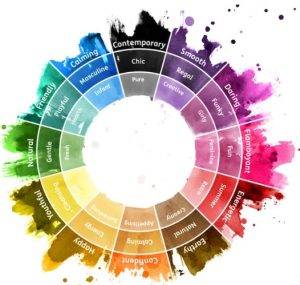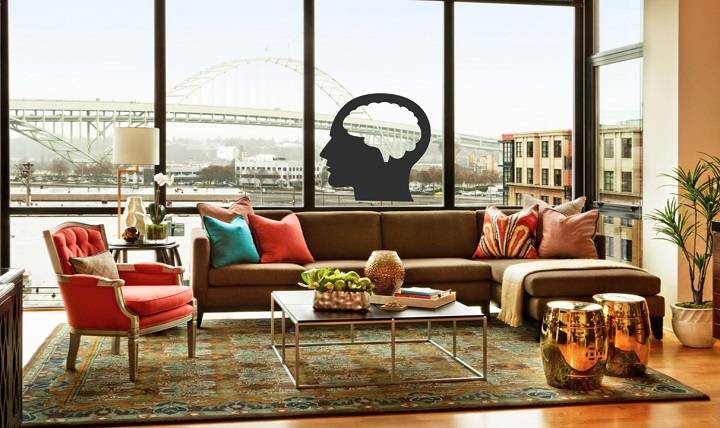Interior design is not just about aesthetics; it also has a profound impact on our sub-conscious mind. The colors, textures, and patterns in a room can influence our mood, behavior, and well-being. In this article, we will explore how interior design affects the sub-conscious mind and the importance of creating a space that is not just visually appealing but also promotes mental health and well-being.
The Psychology of Colors

Color is one of the most important elements of interior design, and it can have a powerful impact on our mood and emotions. For example, blue is a calming color that can promote relaxation and reduce stress, while red is a stimulating color that can increase energy and intensity. Yellow is a cheerful color that can promote happiness and optimism, while green is a refreshing color that can promote tranquility and balance.
Textures and Patterns
Textures and patterns also play an important role in interior design and can affect our sub-conscious mind. Textures such as soft fabrics, plush carpets, and smooth surfaces can create a sense of comfort and coziness, while rough textures can create a sense of ruggedness and toughness. Patterns such as stripes, checks, and polka dots can create a sense of movement and energy, while floral and paisley patterns can create a sense of calm and tranquility.
Lighting

Lighting is another essential element of interior design that can affect our mood and well-being. Natural light is ideal for promoting mental health and well-being, as it can increase serotonin levels and improve our mood. Artificial lighting can also be used to create a specific atmosphere, such as warm lighting for a cozy and intimate space or bright lighting for a more energetic and stimulating environment.
Furniture Arrangement
The arrangement of furniture in a room can also affect our sub-conscious mind. An open and spacious layout can create a sense of freedom and relaxation, while a cluttered and cramped layout can create a sense of stress and anxiety. The placement of furniture can also influence our behavior, such as placing a comfortable chair near a window to promote relaxation and contemplation.
The Importance of a Harmonious Space
Creating a harmonious space is essential for promoting mental health and well-being. A space that is visually pleasing and promotes relaxation and tranquility can reduce stress and anxiety and improve our mood and well-being. A well-designed space should also reflect our personal style and interests, as it can provide a sense of comfort and familiarity.
The Impact of Nature
Nature has a profound impact on our sub-conscious mind, and incorporating natural elements into our interior design can promote mental health and well-being. Indoor plants can improve air quality and promote relaxation and tranquility, while natural materials such as wood, stone, and bamboo can create a sense of warmth and coziness.
Creating a Space that Reflects Your Personality
Creating a space that reflects your personality is essential for promoting mental health and well-being. Our homes are a reflection of ourselves, and a space that is personalized and reflects our interests and style can provide a sense of comfort and familiarity. Incorporating personal items such as family photos, artwork, and treasured possessions can create a sense of nostalgia and promote positive emotions.
In conclusion, interior design has a profound impact on our sub-conscious mind, and it is essential to create a space that promotes mental health and well-being. The colors, textures, patterns, lighting, and furniture arrangement in a room can influence our mood, behavior, and well-being. Creating a harmonious space that reflects our personal style and interests and incorporates natural elements can reduce stress and anxiety and improve our mood and well-being. A well-designed space is not just visually appealing but also promotes mental health and well-being, and it is essential to invest in creating a space that is comfortable, relaxing, and reflective.







